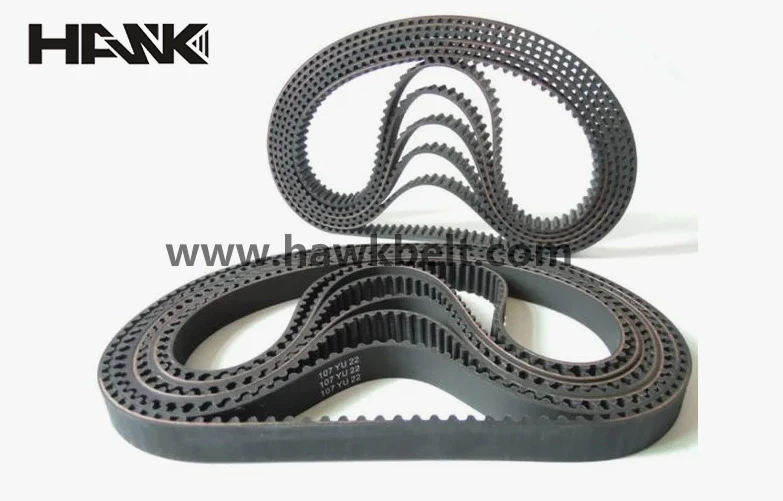- Arabic
- French
- Russian
- Spanish
- Portuguese
- Turkish
- Armenian
- English
- Albanian
- Amharic
- Azerbaijani
- Basque
- Belarusian
- Bengali
- Bosnian
- Bulgarian
- Catalan
- Cebuano
- Corsican
- Croatian
- Czech
- Danish
- Dutch
- Afrikaans
- Esperanto
- Estonian
- Finnish
- Frisian
- Galician
- Georgian
- German
- Greek
- Gujarati
- Haitian Creole
- hausa
- hawaiian
- Hebrew
- Hindi
- Miao
- Hungarian
- Icelandic
- igbo
- Indonesian
- irish
- Italian
- Japanese
- Javanese
- Kannada
- kazakh
- Khmer
- Rwandese
- Korean
- Kurdish
- Kyrgyz
- Lao
- Latin
- Latvian
- Lithuanian
- Luxembourgish
- Macedonian
- Malgashi
- Malay
- Malayalam
- Maltese
- Maori
- Marathi
- Mongolian
- Myanmar
- Nepali
- Norwegian
- Norwegian
- Occitan
- Pashto
- Persian
- Polish
- Punjabi
- Romanian
- Samoan
- Scottish Gaelic
- Serbian
- Sesotho
- Shona
- Sindhi
- Sinhala
- Slovak
- Slovenian
- Somali
- Sundanese
- Swahili
- Swedish
- Tagalog
- Tajik
- Tamil
- Tatar
- Telugu
- Thai
- Turkmen
- Ukrainian
- Urdu
- Uighur
- Uzbek
- Vietnamese
- Welsh
- Bantu
- Yiddish
- Yoruba
- Zulu
Nov . 24, 2024 12:46 Back to list
Understanding the Importance of AC Serpentine Belts in Vehicle Maintenance and Performance
Understanding the Importance of the Serpentine Belt in Your Vehicle
The serpentine belt is a crucial component of many modern vehicles, playing a significant role in the operation of various engine accessories. This single, continuous belt is designed to drive multiple peripheral devices such as the alternator, power steering pump, water pump, and air conditioning compressor. Understanding the function and maintenance of this essential part can help prevent costly repairs and ensure your vehicle operates smoothly.
What is a Serpentine Belt?
Unlike older vehicles that often use multiple belts for different accessories, the serpentine belt is a versatile, flat, rubberized belt that loops around various pulleys in the engine. Its serpentine shape allows it to drive multiple components with one belt, making it a highly efficient solution for modern engines. The design not only saves space but also reduces the weight of the vehicle, contributing to improved gas mileage and overall performance.
How Does It Work?
The serpentine belt is driven by the engine's crankshaft. As the engine runs, the crankshaft spins and turns the belt, which in turn activates the accessories connected to it. For instance, when the serpentine belt rotates, it powers the alternator to recharge the battery, turns the water pump to circulate coolant for engine temperature regulation, and activates the air conditioning system to provide climate control. Each accessory has its own pulley attached to the belt, allowing them to operate simultaneously as needed.
Signs of Wear and Tear
ac serpentine belt

Like any other component, serpentine belts can wear out over time. Regular inspection is paramount to catch signs of deterioration early. Common indicators of a failing serpentine belt include
1. Squeaking or Chirping Noises A worn or loose belt may produce unusual sounds, especially during acceleration. 2. Cracks and Fraying Visually inspecting the belt can reveal cracks, fraying edges, or other signs of damage. 3. Loss of Power Accessories If your power steering feels heavy or your air conditioning isn't functioning correctly, it could be due to a failing serpentine belt. 4. Engine Overheating If the water pump isn’t functioning because the belt has slipped off or broken, the engine can overheat.
Maintenance and Replacement
Typically, serpentine belts should be replaced every 60,000 to 100,000 miles, but this can vary based on the make and model of the vehicle. Regular maintenance, including inspecting the belt during oil changes or tune-ups, can help identify potential issues before they become serious. If you notice any warning signs, it’s vital to have the belt inspected or replaced to avoid further damage to other engine components.
Conclusion
The serpentine belt may be a small component in the grand scheme of your vehicle, but its role is indispensable. By understanding its function and keeping an eye on its condition, you can ensure that your vehicle runs efficiently and effectively. Regular maintenance—combined with proactive inspections—will help you avoid the inconvenient and costly breakdowns that can occur when this critical belt fails. Remember, when it comes to your vehicle, a little vigilance goes a long way in sustaining its health and longevity.
-
Korean Auto Parts Timing Belt 24312-37500 For Hyundai/Kia
NewsMar.07,2025
-
7PK2300 90916-T2024 RIBBED BELT POLY V BELT PK BELT
NewsMar.07,2025
-
Chinese Auto Belt Factory 310-2M-22 For BMW/Mercedes-Benz
NewsMar.07,2025
-
Chinese Auto Belt Factory 310-2M-22 For BMW/Mercedes-Benz
NewsMar.07,2025
-
90916-02660 PK Belt 6PK1680 For Toyota
NewsMar.07,2025
-
drive belt serpentine belt
NewsMar.07,2025

